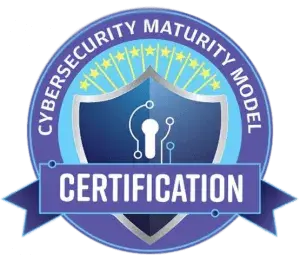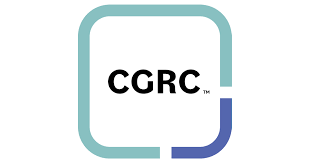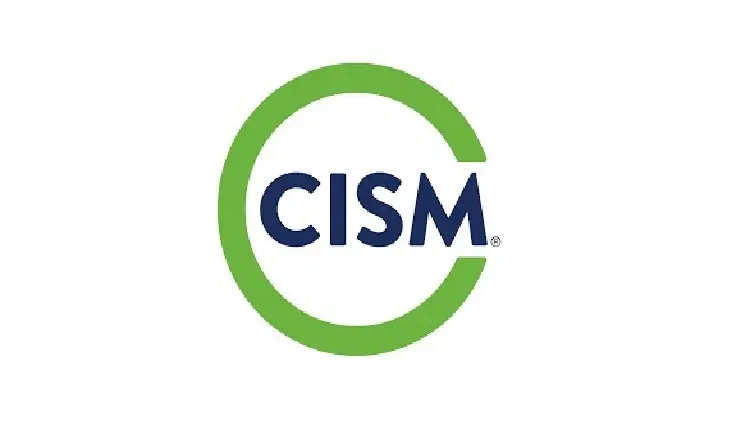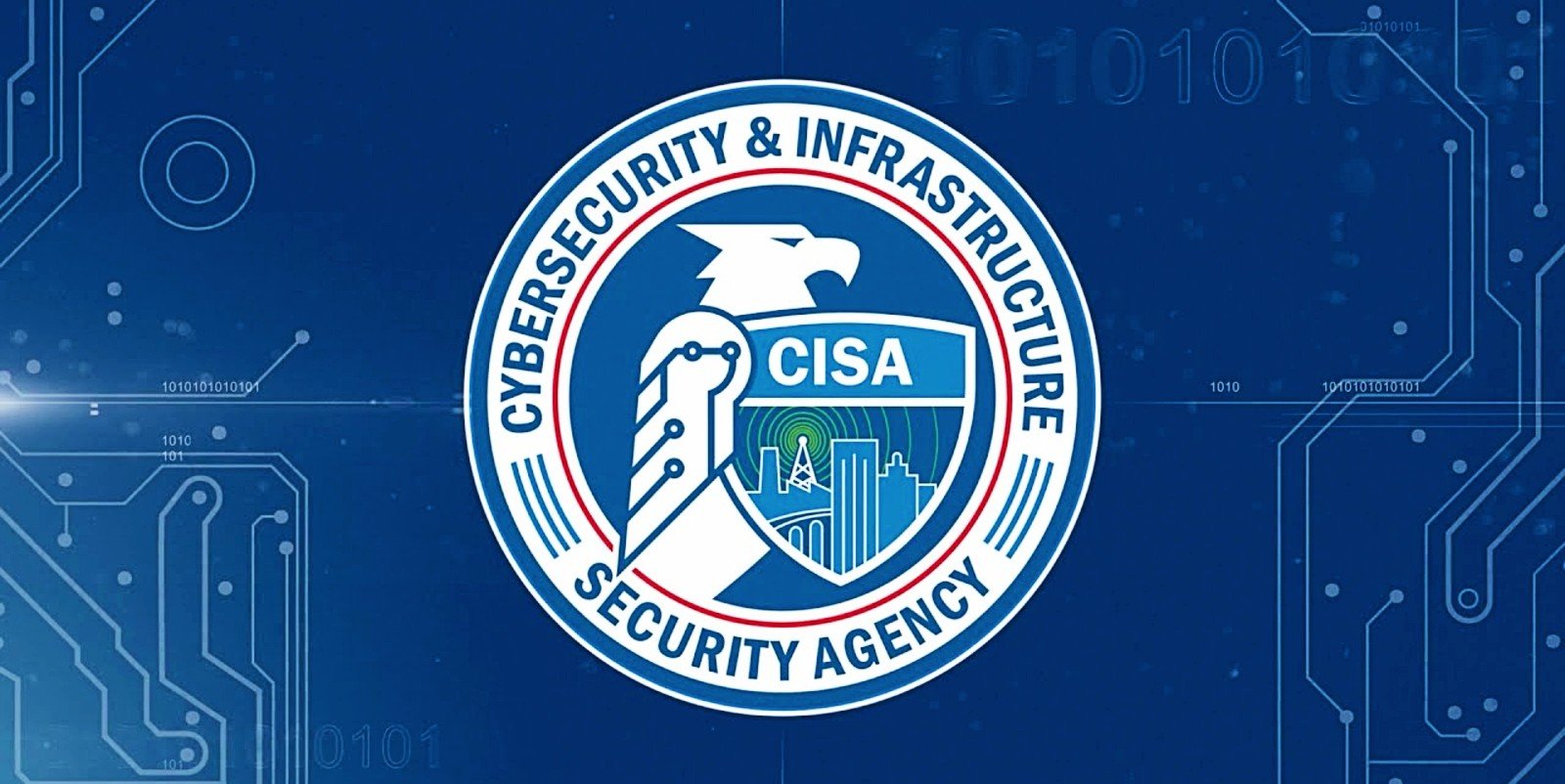Cybersecurity,Services
As CISA downsizes, what can we do for support and guidance?
CISA (Cybersecurity and Infrastructure Security Agency) is the nation's cyber security defense...
Cybersecurity,Security Awareness,Internet of Things,multifactor authentication,MFA
Authentication vs. Privacy
Like many “teeter-totter” issues, there is a give-take relationship between new authentication...
Cybersecurity
Getting to Know the CSF 2.0
What is the Cybersecurity Framework 2.0?
The NIST Cybersecurity Framework (CSF) is a recognized set...
Cybersecurity
Managing Cybersecurity Through the Economic Downturn
Consider the economic downturn as part of a cyclical process. It puts everything in a better...
Cybersecurity
Network Firewall: Still need or not?
Network firewall security dates back to the 1990s. If you’re like us, that makes you feel a...










